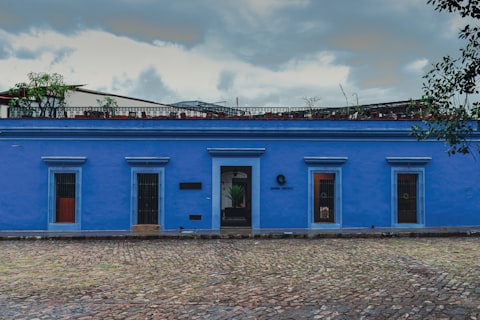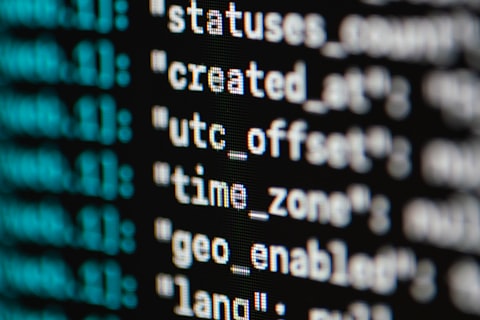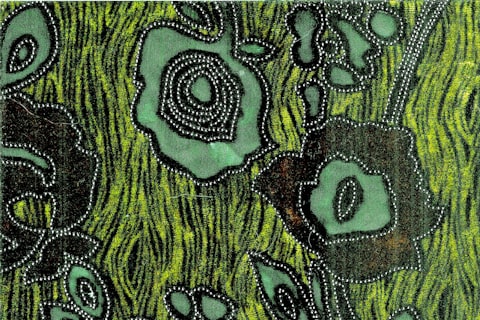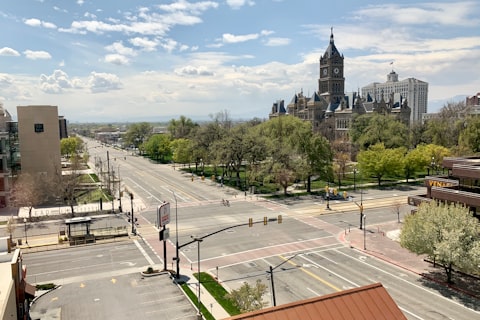Human Relations: Bridging the Past and Present
In examining the evolution of human relations from the past to the present, it becomes evident that the dynamics of interpersonal connections have undergone significant transformations. This article delves into the historical context of human relations, juxtaposing it with contemporary perspectives to elucidate the shifts, continuities, and societal influences that have shaped human interactions over time.
Understanding Human Relations in Historical Context
Ancestral Communities
In ancient civilizations, human relations were primarily defined by communal living, kinship structures, and collective responsibilities. The bonds within these communities were deeply rooted in shared traditions, mutual support, and interdependence.
Feudal Systems and Hierarchies
During the feudal era, societal stratification and rigid hierarchies influenced human relations, delineating roles and interactions based on social status and power dynamics. Loyalty, duty, and allegiance were central tenets governing relationships.
Industrial Revolution and Urbanization
The advent of industrialization and urbanization brought about a shift in human relations, as individuals migrated to urban centers in pursuit of employment opportunities. This transition led to the formation of diverse social networks and the emergence of new forms of association and collaboration.
Contemporary Human Relations: Navigating the Present Landscape
Globalization and Technological Advancements
In the contemporary era, globalization and technological advancements have redefined human relations, transcending geographical boundaries and enabling interconnectedness on a global scale. Virtual communication platforms and social media have revolutionized the way individuals engage and form relationships.
Emphasis on Individual Autonomy
The modern ethos places a premium on individual autonomy and personal agency, influencing the dynamics of human relations. Self-expression, self-fulfillment, and the pursuit of personal goals have become integral aspects of contemporary relationships.
Diversity and Inclusivity
Contemporary human relations underscore the importance of diversity, inclusivity, and cultural awareness. Embracing differences, fostering empathy, and advocating for social equity are pivotal in shaping harmonious and respectful interactions.
Continuities and Transitions: The Interplay of Tradition and Innovation
Family Structures and Intergenerational Bonds
While the structure of families has evolved, the significance of intergenerational bonds and familial ties remains a constant in human relations. The transmission of values, traditions, and wisdom across generations continues to shape interpersonal connections.
Ethical Considerations and Moral Frameworks
Ethical considerations and moral frameworks, although subject to reinterpretation, continue to underpin human relations. Concepts of integrity, empathy, and reciprocity serve as enduring pillars that guide ethical conduct and relational dynamics.
Community Engagement and Social Responsibility
The ethos of community engagement and social responsibility persists, albeit in evolving forms. Collective action, civic participation, and advocacy for social causes reflect the enduring commitment to fostering communal well-being and social cohesion.
Conclusion: Navigating the Intersections of Time and Human Relations
The trajectory of human relations from the past to the present reflects a tapestry woven with threads of continuity, transformation, and adaptation. While historical legacies continue to influence contemporary interactions, the present landscape of human relations is characterized by a dynamic interplay of tradition and innovation, reflecting the evolving needs, values, and aspirations of society.
By recognizing the historical underpinnings and contemporary nuances of human relations, individuals can navigate the intersections of time with a deeper understanding of the multifaceted nature of human connections, fostering empathy, inclusivity, and meaningful engagement in the present-day tapestry of human relations.
Human Relations: Bridging the Past and Present
Keywords
Human Relations Historical Context Contemporary Perspectives
Understanding Human Relations in Historical Context
In the journey from ancestral communities to the industrial revolution, human relations have been shaped by communal living, societal hierarchies, and the pursuit of new opportunities in urban centers.
Figures
Historical Evolution:
Images


Contemporary Human Relations: Navigating the Present Landscape
The present era is marked by globalization, technological advancements, and a focus on individual autonomy, diversity, and inclusivity, reshaping the way we connect and interact.
Figures
Contemporary Dynamics:
Images


Continuities and Transitions: The Interplay of Tradition and Innovation
Despite the changes, family structures, ethical considerations, and community engagement remain as the bedrock of human relations, reflecting the interplay between tradition and innovation.
Figures
Tradition vs Innovation:
Images


Conclusion: Navigating the Intersections of Time and Human Relations
As we weave through the intersections of time, understanding the historical and contemporary aspects of human relations enriches our engagement with the world, fostering empathy and inclusivity.
Figures
Intersections of Time:
Images






